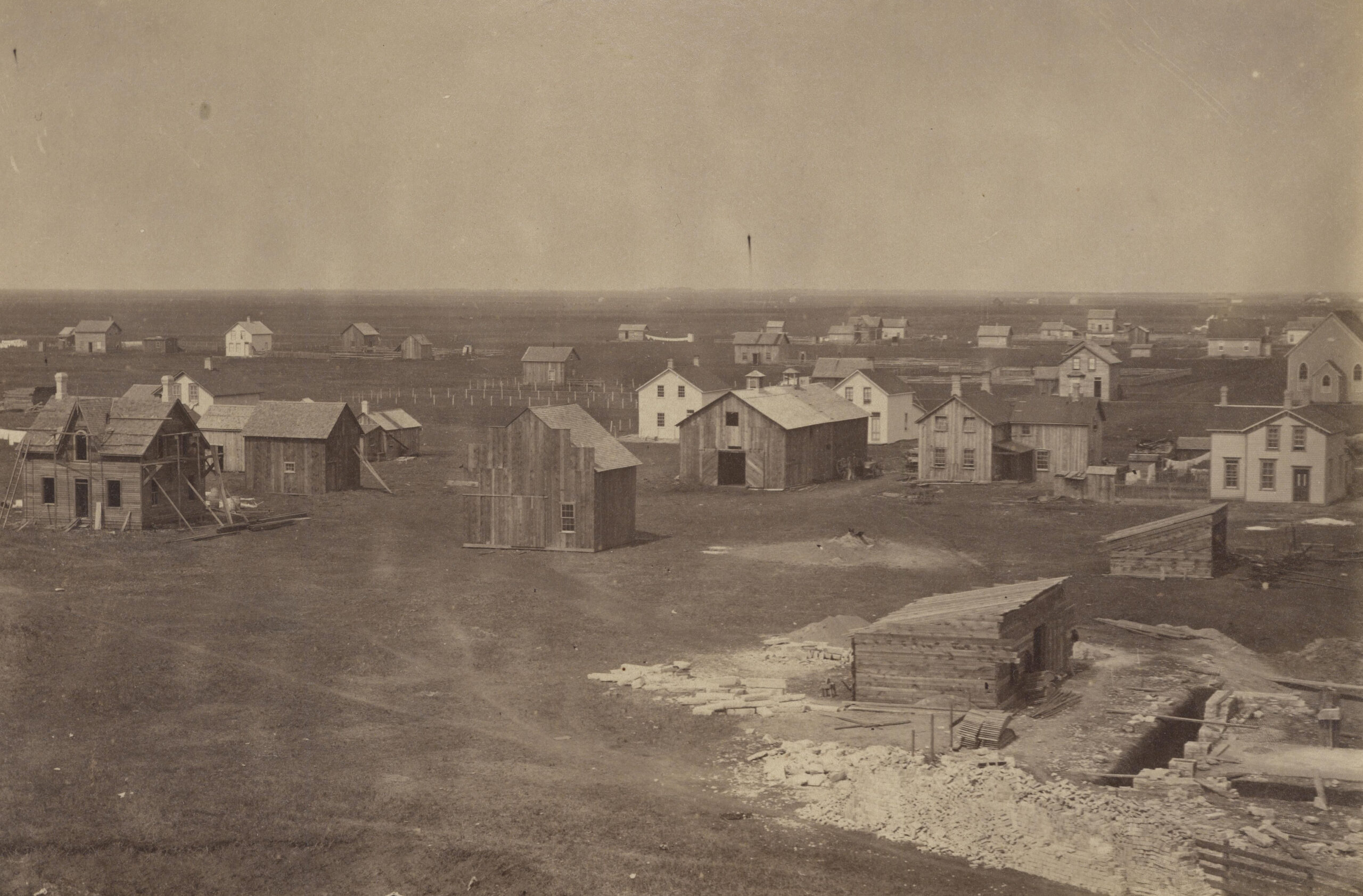
Celebrating 150 years of Winnipeg
I remember an interview I did more than 40 years ago with a fellow who was serving as one of Winnipeg area school division’s first divisional computer coordinator. I found this gentleman to be irritatingly smug. He was convinced that, within a very short time, everything would be online – that there would be nothing left in print.
I learned a few months later that he had been fired.
I am happy to be able to report that print media – though newspapers have faced strong headwinds over the past few years – is still around and flourishing to a degree. In Manitoba alone, there are still perhaps two dozen newspapers around the province that can trace their roots back to the 19th century – but none are older than our own Winnipeg Free Press.
In fact, the Free Press and Winnipeg have been intertwined since even before our city was officially founded in 1874.
“We have been here covering every major event in Winnipeg’s history,” says Paul Samyn, who has been with the paper since 1988 and editor since 2012. “We have been here through two world wars, the depression, major floods and other significant events such as the departure of the original Jets and the return of the Jets.”
Samyn is just the 15th editor in the paper’s history – and he is aware that he is following in the footsteps of giants.
The first issue of the Manitoba Free Press was published on November 30, 1872. (The paper was renamed the “Winnipeg Free Press” in 1931 at a time when our city was the largest city in western Canada and third largest in the country.) The co-founder and first editor was William F. Luxton (in partnership with John Kenny) who later served as a school trustee and MLA. Luxton also founded the Winnipeg Humane Society and helped establish the Winnipeg General Hospital (now known as the Health Sciences Centre).
In 1897, Sir Clifford Sifton became the owner of the Free Press. Sifton was a dominant figure both in Manitoba and Federal politics. He served as a prominent cabinet minister first in the Manitoba Liberal Government of Thomas Greenway (1888-1900) and the Liberal Laurier government in Ottawa after the election of 1896. Sifton, more than anyone else, was responsible for opening the West to large scale settlement.
It was Sifton who hired John W. Dafoe as editor in 1900. Paul Samyn points out that Dafoe served as editor for a record 44 years and was a leading voice nationally for our city and province.
It was another John Dafoe, John W.’s grandson, who gave this writer the opportunity to become associated with the newspaper I grew up with. He was kind enough to hear me out when I approached him in December 1979, to express my interest in becoming a journalist, despite not having any previous training or experience. He recommended that I try free lancing and put me in contact with city editor Barry Mullin. For the first five years of my career, I wrote frequent stories for the Free Press in various departments. I returned to the paper in February 1994, when I was invited to become a regular columnist in the new auto section, a gig I greatly enjoyed for 26 years until the auto section was discontinued in April, 2020.
When I started working for the Free Press, the office was still downtown on Carlton Street just north of Portage, its address since 1913. (The first Free Press building was on Main Street, where the Centennial Concert Hall now stands.) In 1991, needing to accommodate a growing readership, the Free Press moved to the suburbs to its newly-built, $150 million plant (and still current address) on Mountain Avenue.
At the time, the new building and its equipment represented the latest in newspaper technology. The three state-of-the-art computerized presses are capable of world–class colour reproduction and can each print newspapers at a rate of 75,000 per hour.
Over the decades, the ownership of the newspaper has changed hands several times. In the most recent change in ownership in December 2001, the Free Press, along with sister paper the Brandon Sun (which was founded in 1882), was bought from Thomson Newspapers by FP Canadian Newspapers Limited Partnership, a company founded by Ronald Stern and Bob Silver, two businessmen with strong Winnipeg roots, who are also co-owners of Western Glove Works, one of Winnipeg’s oldest garment manufacturers. (Western Glove Works was profiled in a recent edition of Lifestyles.)
Under Stern and Silver’s leadership, the Free Press is now the largest remaining independently owned daily newspaper in Canada.
Although subscription numbers for the print edition are well down from what they used to be at their peak (as is true of all daily newspapers), Paul Samyn is happy to be able to report that the Free Press is more widely read than ever thanks to digitization.
“People can read our paper on their phones anywhere in the world,” he points out.
While the evolution of television news, including 24-hour news stations such as Newsworld and CNN, and the steady advancement of direct-mail advertising, specialty publications and Internet online news services pose a serious challenge to newspapers at the beginning of the 21st century, Samyn observes, the Free Press has risen to the challenge.
This has meant redefining the role of the newspaper by creating new sections and overhauling existing ones to ensure the content is focussed on the interests of readers.
While much has changed over the past 50-plus years, one thing remains the same – the Free Press’ commitment to quality journalism and its dedication to promoting the intellectual, social, and economic growth of the community it serves.


